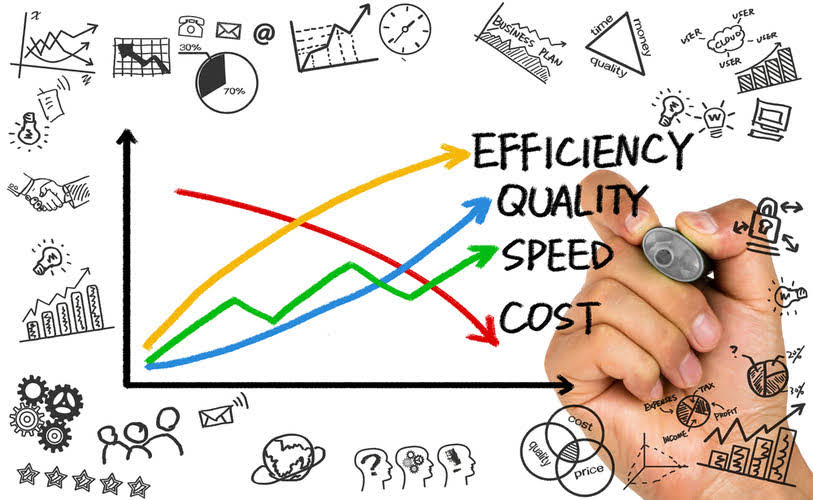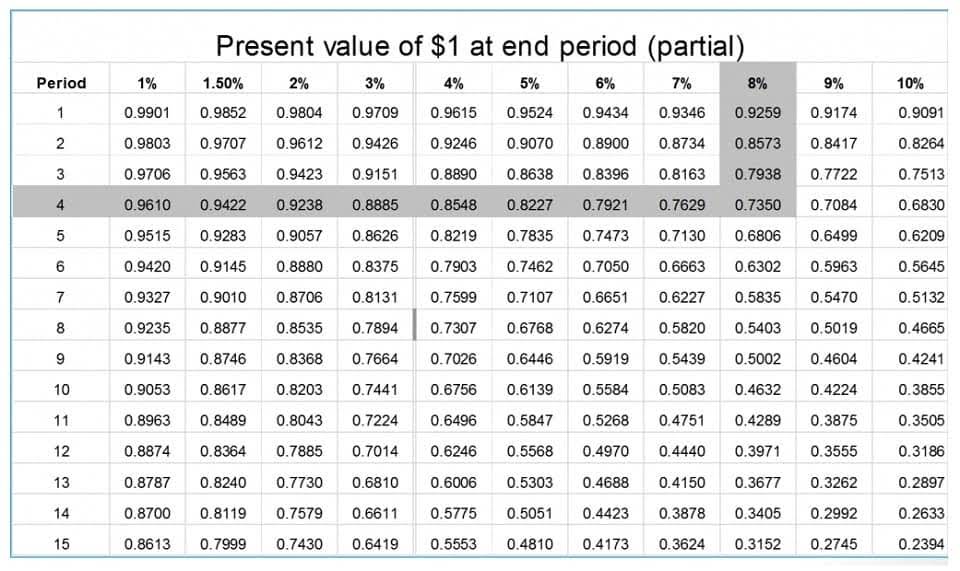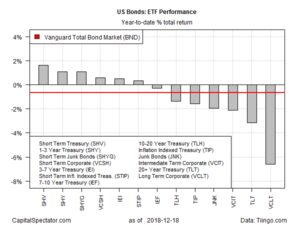CVR reporting is pivotal for some construction companies as it provides a comprehensive view of project performance. It allows your business to compare the cost of work to the value earned, enabling accurate forecasting and timely decision-making. Here are some additional questions that you might have when considering construction accounting software. Of course, I have only included construction-specific software on this list. Any general-purpose accounting software has been excluded, as it didn’t meet my core evaluation requirements. Standout features include its focus on project bidding and proposal data, which gives you the ability to create, compare, send, and store bids in a central place.
She brings practical experience as a business owner and insurance agent to her role as a small business writer. Procore will conduct an interview to understand your business before quoting a price. Customize your website with an easy-to-use site builder that’ll make your brand look professional and polished in no time. In other words, Jonas Premier likely won’t work what is a suspense account in quickbooks for startups or contracting businesses with a revenue beneath $3 million.
It can handle enormous amounts of data and large file sizes, but can still work for small contractors that are just starting out. Procore is a great choice if you (or your IT team) need to customize your construction reports or project data in a certain way. FreshBooks contractor accounting software programs strike the ideal balance between ease of use and functionality. You’ll be able to use it like a pro in no time—no accounting knowledge necessary. FreshBooks also offers mobile apps for both Android and iOS, providing the same functionality as its desktop accounting software. Free construction accounting software is available, though it is usually only offered as part of a trial or demo.
Manage your contractors
Record electronic signatures for approvals payment processing and use the cloud-based document storage tool to keep everything you need one click away. Sage 100 Contractor isn’t the only accounting choice for small construction companies, though. Depending on how small your business is, a mid-tier FreshBooks or QuickBooks plan might be enough to maintain and grow your business’s profitability. While COINS clearly has a lot going for it, it’s not as user-friendly as some other software options (most notably Jonas Premier). While customers like its clear dashboard and straightforward financial statements, COINS struggled to get users up to speed during its last update.
Plus you can capture, upload, and import any type of document from a mobile device. For a company with a lot of employees and subcontractors to keep track of, I recommend Foundation for its extensive payroll and timekeeping features. When searching, try to strike a balance between user-friendliness and functionality. If you’re looking for the perfect middle ground, we recommend FreshBooks accounting software for construction. If you run your own construction company, you already know how much time and focus the job takes.
- Information is gathered on a regular basis and reviewed by our editorial team for consistency and accuracy.
- But once your construction company starts to grow, you’ll definitely want to upgrade to a thorough ERP solution.
- The sales team will conduct interviews with your business to work with you to ascertain your needs, therefore finding the best-fit solution for you.
- This software platform is best for contractors seeking detailed bids from subcontractors and vendors to have the most comprehensive preproject data.
- Plus you can capture, upload, and import any type of document from a mobile device.
These are must-haves in construction accounting software, and I would be hesitant to include any software on this list that didn’t include these. Success in the construction industry depends on a lot of things—accurate projections, quality work, timely delivery, and a strong professional reputation, to name a few. However, these essential traits of a successful construction business don’t end on the job site.
Reporting and Analytics
Give your accountant access to your books by creating a unique user ID for them. Accountants receive a free version of QuickBooks designed specifically for them, called QuickBooks Online Accountant. Construction companies that track job costing manually struggle to stay profitable in this in-depth survey, jointly commissioned by QuickBooks and QuickBooks Time, (formerly TSheets).
Other Construction Accounting Software Options
The financial reporting segment takes the same data from revenue management and compiles reports instantly for quick review. Under the financial management segment, you can make intercompany entries and manage workflows and content management. It allows adjustments to be made easily and can provide month-end and year-end reporting quickly. Jonas Premier can help you tackle all three of those tasks—and many more—but construction accounting isn’t a one-size-fits-all situation. If you’re looking for a complete HR system to support your growing employee base, CMiC could be a better option.
Find help articles, video tutorials, and connect with other businesses in our online community. Attach plans, contracts, or photos, and get instant notifications when an invoice is viewed or paid. Software is designed what is an angel investor definition profile typical investments to help people work more efficiently–it shouldn’t make jobs more difficult or time-consuming to complete.
You’ll need to get a quote from them to get a sense of the cost of your job. Construction companies should use a percentage-of-completion method that recognizes both revenue and expenses as they are accumulated over time. It aligns with the project completion ratio and most lenders or guarantors require this. Users particularly like the customization of reports and how robust the GL is, offering details on every aspect of a transaction. You’ll be able to streamline payroll administration making sure everyone is paid timely and correctly. QuickBooks for Construction comes in at the best value of all the options on our list.














